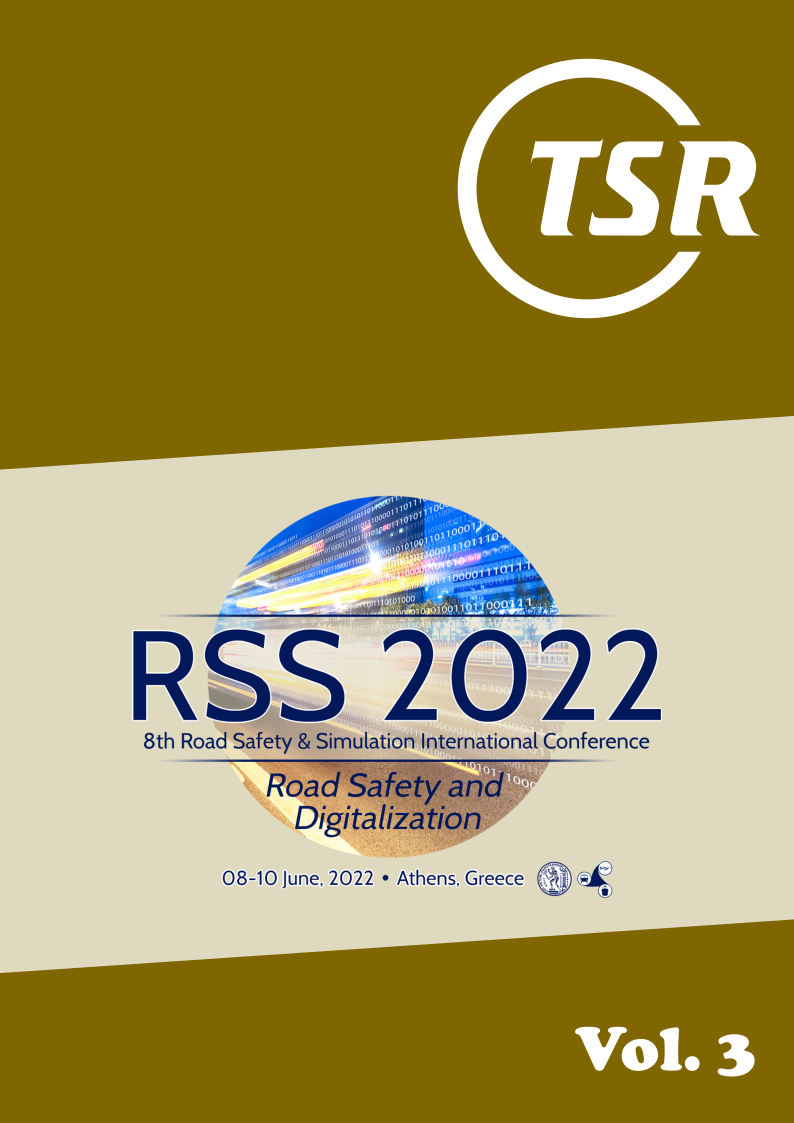Using microsimulation to investigate the optimal deployment of leading pedestrian intervals at signalized intersections
DOI:
https://doi.org/10.55329/lilh3720Keywords:
Leading Pedestrian Intervals, pedestrian safety, PTV Vistro, surrogate measures, traffic microsimulation, vehicle-to-pedestrian conflictsAbstract
The provision of leading pedestrian intervals (LPI) has emerged in recent years to achieve safety equitability for pedestrians at signalized intersections. LPI is a way to provide the pedestrian walk interval a few seconds before starting the circular green indication to adjacent parallel traffic. Although the safety benefit of LPI is indisputable, there are fundamental questions that need to be addressed for the optimal deployment of this strategy. First, can significant safety benefits for pedestrians be achieved while maintaining a satisfactory operational level of service for vehicles? Second, what are the application circumstances most conducive to achieving the greatest safety benefits for pedestrians? Third, how can a jurisdiction effectively assess contemplated treatments to achieve optimal deployment? This exploratory paper addresses these three fundamental questions by reviewing relevant literature before presenting the research from the application of microsimulation to fifteen Toronto intersections where LPIs have been implemented. The microsimulation involved using a recently released module for accommodating LPI phasing in the PTV Vistro software. To directly address the first and second questions, vehicle-to-pedestrian conflicts and vehicle delay were estimated for ten scenarios that allowed for the provision of, and variability in the LPI interval, right turn volumes, right turn on red provision, pedestrian and vehicle volumes, and crossing width. The results suggest that significant safety benefits can be achieved for pedestrians while maintaining a satisfactory level of service for vehicles. They further suggest that potential LPI deployments need to be assessed on a case-by-case basis since the effects of LPI can be significantly impacted by the influencing factors investigated. Statistical models were developed to quantify the effects of LPI implementation on vehicle-to-pedestrian conflicts after controlling for pedestrian and turning vehicle volumes. The results of this exploratory investigation, though interesting and consistent with the literature and logical considerations, may not be generalizable in a strict sense. Nevertheless, the study does provide a blueprint for investigating the design, traffic, and operational factors that can influence the impact of LPI on pedestrian safety without detrimentally impacting vehicle level of service.
Downloads
Downloads
Published
How to Cite
Issue
Section
Categories
License
Copyright (c) 2022 Maryam Hasanpour, Bhagwant Persaud

This work is licensed under a Creative Commons Attribution 4.0 International License.









